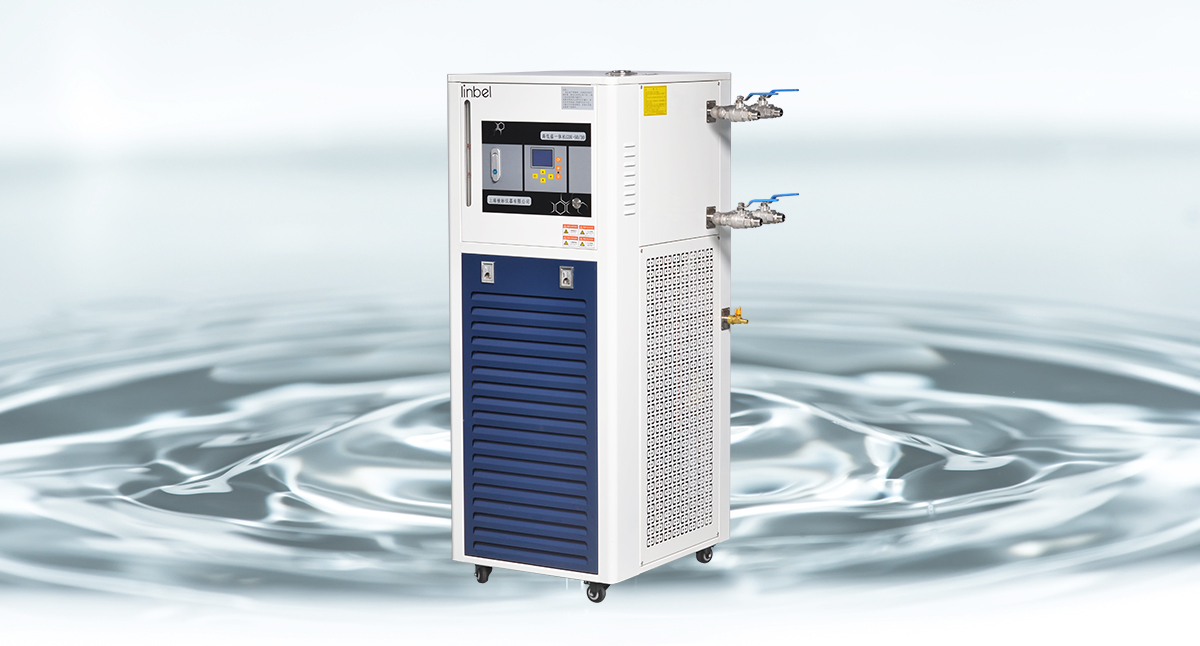Home > News > Product News > How to deal with carbon deposition in heat transfer oil of heater chiller?
How to deal with the problem of carbon deposition in heat transfer oil of heater chiller, we must first consider how to slow down the formation rate of carbon deposition. Select the appropriate heat transfer oil, monitor the change trend of carbonation index, and grade the heat transfer oil according to the service temperature.

Heat transfer oil is prepared from high stability base oil, high temperature antioxidant and anti scaling additive, which is filtered through the bypass filter of the system to keep the furnace tube and pipeline clean. Every three months or half a year, analyze the viscosity, flash point, acid value and carbon residue of the heat transfer oil. When two of these indicators exceed the specified limit, replace some or all of the new oil.
The coking of the heat transfer oil of the heater chiller in the process of heat transfer is formed by thermal oxidation reaction and thermal polymerization reaction. The coking of heat transfer oil will cause the problems of reducing the heat transfer coefficient and increasing the fuel consumption of the heating system, and in serious cases, it will cause accidents such as the ignition of the heating furnace.
For users, they should choose heat transfer oil with higher temperature and qualified inspection. In the reasonable design and installation of the heating system, the daily operation of the heating system should be standardized, and the non carbonized coking in the heating system should be cleaned with cleaning agent.